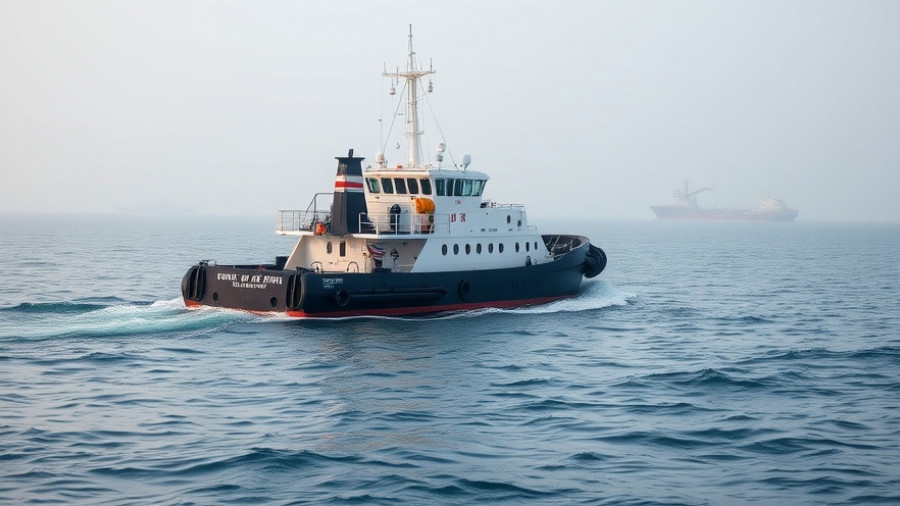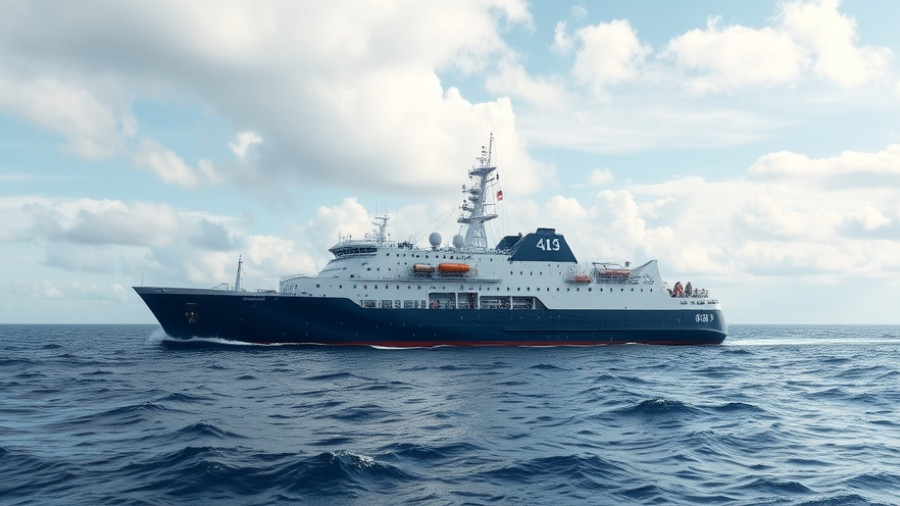
PhilaPort’s Bold Acquisition: A Game-Changer for Philadelphia’s Maritime Future
In a dramatic shift for the logistics landscape, PhilaPort has acquired the coveted Mustin Yard, marking a significant milestone in its ambitious plans for expansion. Spanning 152 acres and located adjacent to the SouthPort Marine Terminal, this land acquisition from Norfolk Southern Corporation represents the last available site with direct access to deep water, rail, and highway connections in the region.
The Mustin Yard is not just a piece of property; it’s a critical asset in boosting PhilaPort’s cargo handling capacity, attracting new businesses, and importantly, creating jobs throughout the region. With a fully operational intermodal transfer facility, this site will facilitate enhanced logistics for local shippers and integrate maritime and rail freight systems more effectively, strengthening both regional and national supply chains.
A Strategic Move for Economic Growth
This acquisition aligns with PhilaPort’s broader, long-term strategy to triple its container capacity as part of a multi-billion dollar investment plan. According to Michael Pearson, Chairman of the PhilaPort Board of Directors, securing the Mustin Yard is a “generational opportunity” that opens doors for many, particularly in maritime careers. “It’s a bold investment that will deliver lasting benefits for our region and our workforce for decades to come,” he said.
Jeff Theobald, PhilaPort Executive Director & CEO, elaborated on the transformative nature of this acquisition, indicating that it positions PhilaPort for a “new era” in global trade. He extends gratitude to state and corporate partners, highlighting the collective efforts necessary to make this expansion a reality.
Historic Context: From Naval History to Economic Potential
The Mustin Yard has a rich history, having once been part of the renowned Philadelphia Navy Yard. This legacy adds historical significance to the site, as it transitions from military to commercial use. The shift underscores the changing dynamics of Philadelphia's economy and the port's enhanced role within it.
This new chapter for the Mustin Yard and PhilaPort dovetails with a larger trend observed across the U.S., where major ports are investing heavily in infrastructure to meet growing global demand. Just as other ports expand their capabilities, Philadelphia is positioning itself to remain competitive amid evolving trade conditions.
Local Economic Implications: Jobs and Opportunities Ahead
The impact of acquiring Mustin Yard extends beyond the immediate logistics realm. As PhilaPort enhances its operations and attracts new shipping activity, job creation is anticipated across various sectors. Local businesses will benefit from increased cargo traffic, leading to potential growth in supply chain services, manufacturing, and distribution.
Moreover, the intermodal transfer facility is essential in easing the flow of goods through Philadelphia, promising to optimize shipping costs and transit times, which are critical for businesses operating in an increasingly competitive global market.
Future Outlook: PhilaPort as a Key Player
As the global economy continues to evolve, PhilaPort’s decisive actions signify its commitment to adapting and thriving. The acquisition of Mustin Yard is more than a simple purchase; it is a strategic move to cement Philadelphia’s status as a pivotal maritime hub on the East Coast. The future looks promising, with ongoing plans for further investment into facilities that will boost efficiency and capacity.
Ultimately, the success of this initiative will depend on continuous collaboration between PhilaPort, stakeholders, and the local community. As the port prepares for a future of expansion, the implications are significant for not just the economy, but for the workforce it aims to uplift.
For anyone interested in the future of maritime logistics and economic growth in Philadelphia, the developments surrounding Mustin Yard represent a captivating and transformative story worth following.
 Add Row
Add Row  Add
Add 




Write A Comment